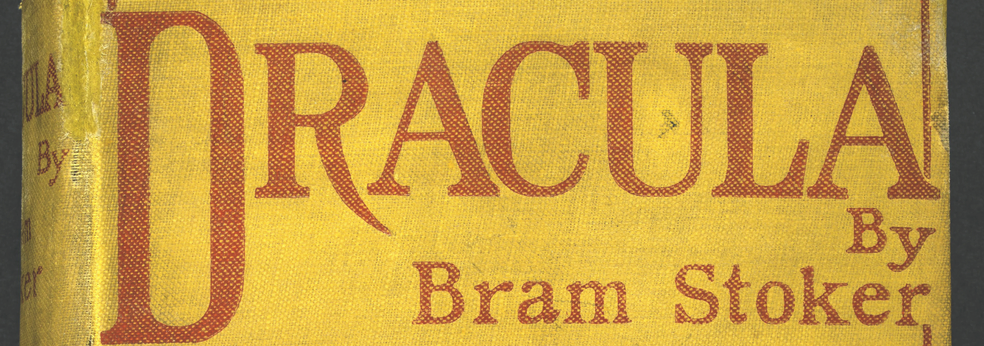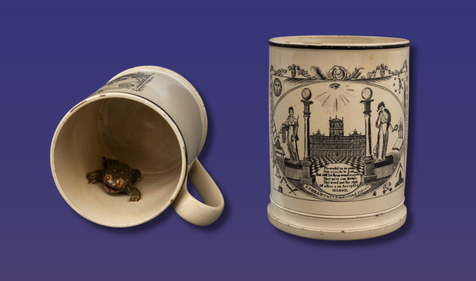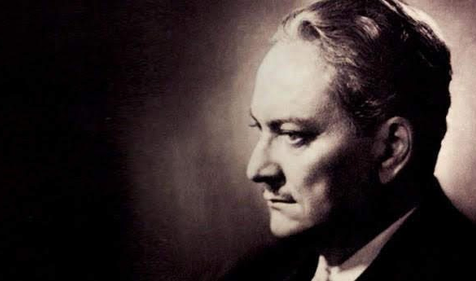The story of the intriguing connection between Dracula author Bram Stoker and Freemasonry explains how his ties to the Craft may have influenced one of the most iconic Gothic horror stories ever written.
“...the world seems full of good men--even if there are monsters in it.”
― Brother Bram Stoker, Dracula
Brother Bram Stoker’s Dracula is one of the most influential works of Gothic literature, forever changing how the world viewed vampires and horror. First published in 1897, this novel introduced readers to Count Dracula, a character who quickly became synonymous with the vampire myth. Unlike the repulsive creatures from folklore, Brother Stoker’s Dracula was a sophisticated and charismatic aristocrat – making him the perfect monster for the modern age.
The impact of Dracula goes beyond its pages. Since its publication, the story has been adapted countless times in films, television, and theatre, with actors such as Bela Lugosi, Christopher Lee, and Gary Oldman portraying the infamous count. Dracula’s portrayal has evolved, but his influence on popular culture remains as strong as ever.
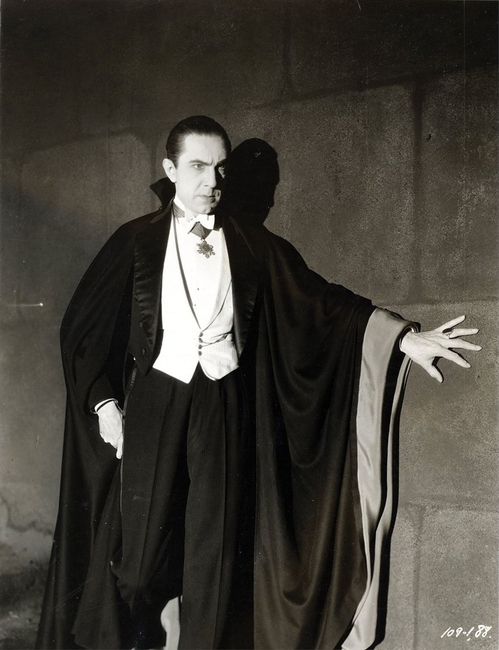
Speculation has long surrounded the inspiration for Count Dracula—whether based on the Wallachian noble Vlad the Impaler or the Victorian actor Henry Irving – we cannot say for sure. With Halloween upon us, now is the perfect time to explore the little-known connection between one of literature’s most haunting tales and the Craft. That’s right, the macabre genius behind this tale was also a Freemason! Did Brother Stoker’s involvement with Freemasonry subtly shape his portrayal of the mysterious, charismatic count?
To find out, let’s start at the beginning.
The Brother Behind the Book
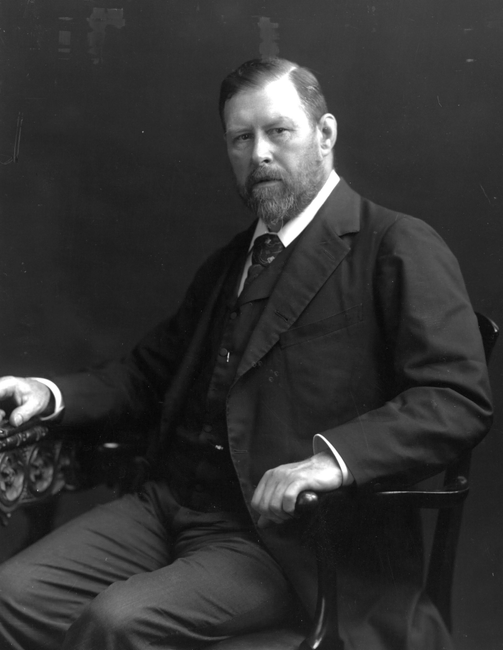
Abraham Stoker was born on November 8, 1847, in a suburb on the north side of Dublin, Ireland. The third of seven children, Stoker faced significant health challenges as a young child and was bedridden by an unknown illness until the age of seven. He later claimed this period of isolation allowed him to become a natural thinker, describing it as a "fruitful" time for reflection. After making a complete recovery, he experienced no further serious health issues and excelled academically and athletically.
Stoker attended Trinity College Dublin from 1864 to 1870, where he earned his Bachelor’s degree in 1870 and his Master’s in 1875. At Trinity, he was recognized for his athletic prowess on the rugby team and showed a keen interest in intellectual pursuits, serving as auditor of the College Historical Society and president of the University Philosophical Society. Stoker fell in love with the theater and later became a critic for the Dublin Evening Mail, penning insightful and high-quality reviews, including a favorable one for Henry Irving’s Hamlet at the Theatre Royal in Dublin. Irving became his close friend and profoundly shaped his career.
In 1878, Stoker married Florence Balcombe, a renowned beauty and former suitor of Oscar Wilde. That same year, the couple moved to London, where Stoker became acting manager, and later, business manager of Irving’s prestigious Lyceum Theatre. Stoker held this position for 27 years, and, through Irving, became involved in London’s high society, mingling with notable figures such as James Abbott McNeill Whistler and Freemason Sir Arthur Conan Doyle.
The collaboration with Irving also enabled Stoker to travel widely, particularly in the United States, where Irving’s popularity allowed them to visit the White House and meet Presidents (and fellow Freemasons) William McKinley and Theodore Roosevelt.
The Macabre Mason
Brother Stoker’s connection to the fraternity has been a topic of some debate, with some sources, such as the Grand Lodge of British Columbia and Yukon, asserting that he was not a Mason. However, records from the Provincial Grand Lodge of Middlesex indicate that Brother Stoker was initiated into Freemasonry in Buckingham and Chandos Lodge No. 1150 in February 1883, passed in April of that same year, and raised to the degree of Master Mason on June 20, 1883. Given his association with high society in England at the time and his close relationship with Henry Irving, who was a well-known Freemason, it is reasonable to conclude Brother Stoker spent time in the Craft. It is thought that Brother Stoker's involvement with Freemasonry was relatively brief and that he remained an active member for about six years.
The Birth of Dracula
Despite the intense dedication and many hours required to manage the Lyceum Theatre, Brother Stoker found the drive to pursue his passion for writing. His first novel, The Primrose Path, was published in 1875 in five installments, and in 1881, he published a collection of short stories titled Under the Sunset. While his initial works showed promise, it wasn’t until 1890 that Brother Stoker made his significant return to fiction with The Snake’s Pass, marking the start of a decade of prolific writing.
Over the next ten years, Brother Stoker published six novels, but none would have the lasting cultural impact of his 1897 masterpiece, Dracula. This was not the first novel to feature vampires, yet Dracula quickly became the definitive work on the subject, reshaping the vampire myth and solidifying the character of Count Dracula as one of literature’s most iconic figures.
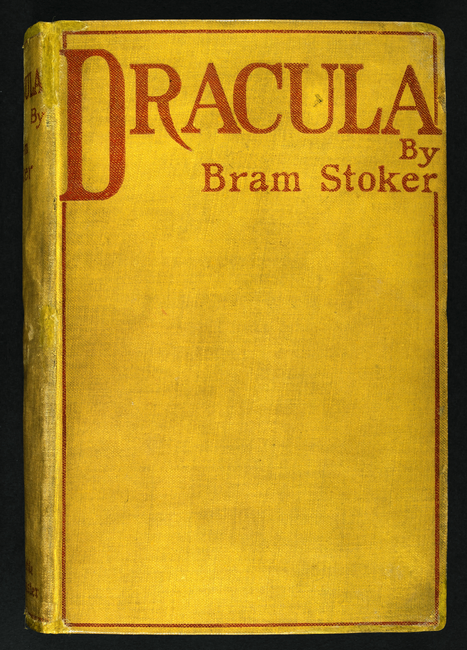
Brother Stoker spent years researching Central and Eastern European folklore, delving into myths of vampires and other supernatural creatures. His extensive research resulted in over 100 pages of notes. Though it has been popularly believed that Count Dracula was based on Vlad III of Wallachia, also known as Vlad the Impaler, it is possible that Brother Stoker chose the name "Dracula" due to its meaning of "devil" in Romanian, rather than any direct connection to Vlad III. More intriguingly, some believe that the character of Count Dracula was heavily influenced by Brother Stoker’s close relationship with Henry Irving, whose commanding presence may have served as inspiration for the sophisticated and charismatic vampire.
Upon its release, Dracula was well-received, with most reviewers focusing on the terrifying nature of the novel. Even those who found it too frightening acknowledged the mastery with which Brother Stoker adapted the vampire myth. Unlike the grotesque and repulsive creatures of European folklore, Brother Stoker’s Count Dracula was a cultured aristocrat—an embodiment of the fears and anxieties of a modern, more enlightened society. This transformation of the vampire into a sophisticated monster captivated readers and cemented Dracula’s place as a cornerstone of Gothic horror.
A Legacy Worth Celebrating
Brother Stoker’s Dracula continues to captivate audiences worldwide. His experience with Freemasonry, though brief, undoubtedly shaped his worldview and perhaps subtly influenced the themes of mystery, secrecy, and Brotherhood that permeate the novel. Just as the vampire symbolizes the eternal tension between good and evil, Freemasonry emphasizes the constant struggle to elevate oneself morally and intellectually.
As we celebrate Halloween, it’s worth remembering the man behind the monster—a Brother of the Craft who gave us a story that has terrified and fascinated readers for over a century. Brother Bram Stoker may be best remembered for Count Dracula, but his journey from an illness-stricken childhood to an author of significant cultural impact reminds us that even in a world full of monsters, there are always good men striving to make it better.
Special thanks to Brother Jacob Keppen of Laurel Lodge No. 237, Grand Lodge of New Jersey, for his research into this topic. His efforts helped inform the foundations of this article.
Related Stories
Discover additional Scottish Rite blogs and news on this topic.
-
A Jolly Masonic Mug
History
Read More about A Jolly Masonic Mug
-
The Life and Career of Brother Arnold Palmer
Famous Masons
Read More about The Life and Career of Brother Arnold Palmer
-
Manly P. Hall: Philosopher, Mystic, and Freemason
Famous Masons
Read More about Manly P. Hall: Philosopher, Mystic, and Freemason
